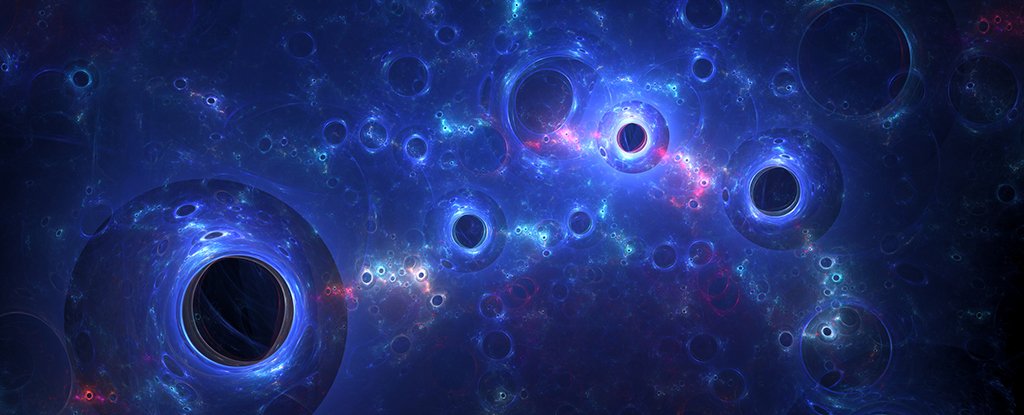
The Standard Model contains all the knowledge of Physics accepted and widely verified by the scientific community. However, there are many phenomena that need new theories to be explained, not yet fully confirmed. Some examples of still "unofficial" theories are the theory of neutrino oscillations and string theory, which tries to incorporate the grammar of quantum physics into Einstein's theory of General Relativity.
Another important example is given by the theories on dark matter. Recently, theoretical physicists from the Johannes Gutenberg University of Mainz exposed, in an article published in the European Physical Journal C, a new theory that discusses the hierarchies of the masses of elementary particles and the existence of dark matter. The theory is based on a 1920 idea by Theodor Kaluza and Oskar Klein, according to which there is a fifth dimension in which the gravitational force and the electromagnetic force coincide. This dimension, unlike the three spatial dimensions and the temporal dimension, would not be perceptible to our senses.
By extending the equations of physics to this fifth dimension, the group predicted the existence of a new particle, a boson with properties similar to the famous Higgs boson (extremely mentioned in Death Stranding), but with such a high mass that it could not not even created inside the largest particle accelerator in the world, the Large Hadron Collider (LHC) at CERN in Geneva. In general, bosons have the role of transmitting ("mediating") forces: this new particle would have the role of mediating a new force, which would act between the visible matter of our universe and the mysterious dark matter.
The theory seems to be able to explain the incredible abundance of dark matter thought to exist in our universe. The new particle could therefore be measured experimentally during the study of dark matter, without having to wait for an upgrade of modern particle accelerators to reach the very high energies required.
Source:Phisorg
No comments:
Post a Comment